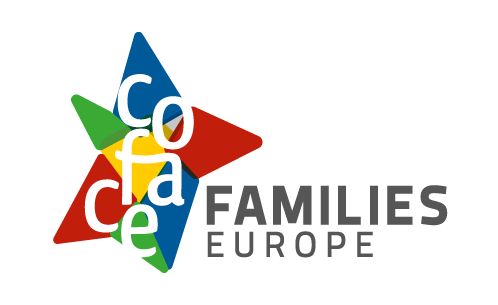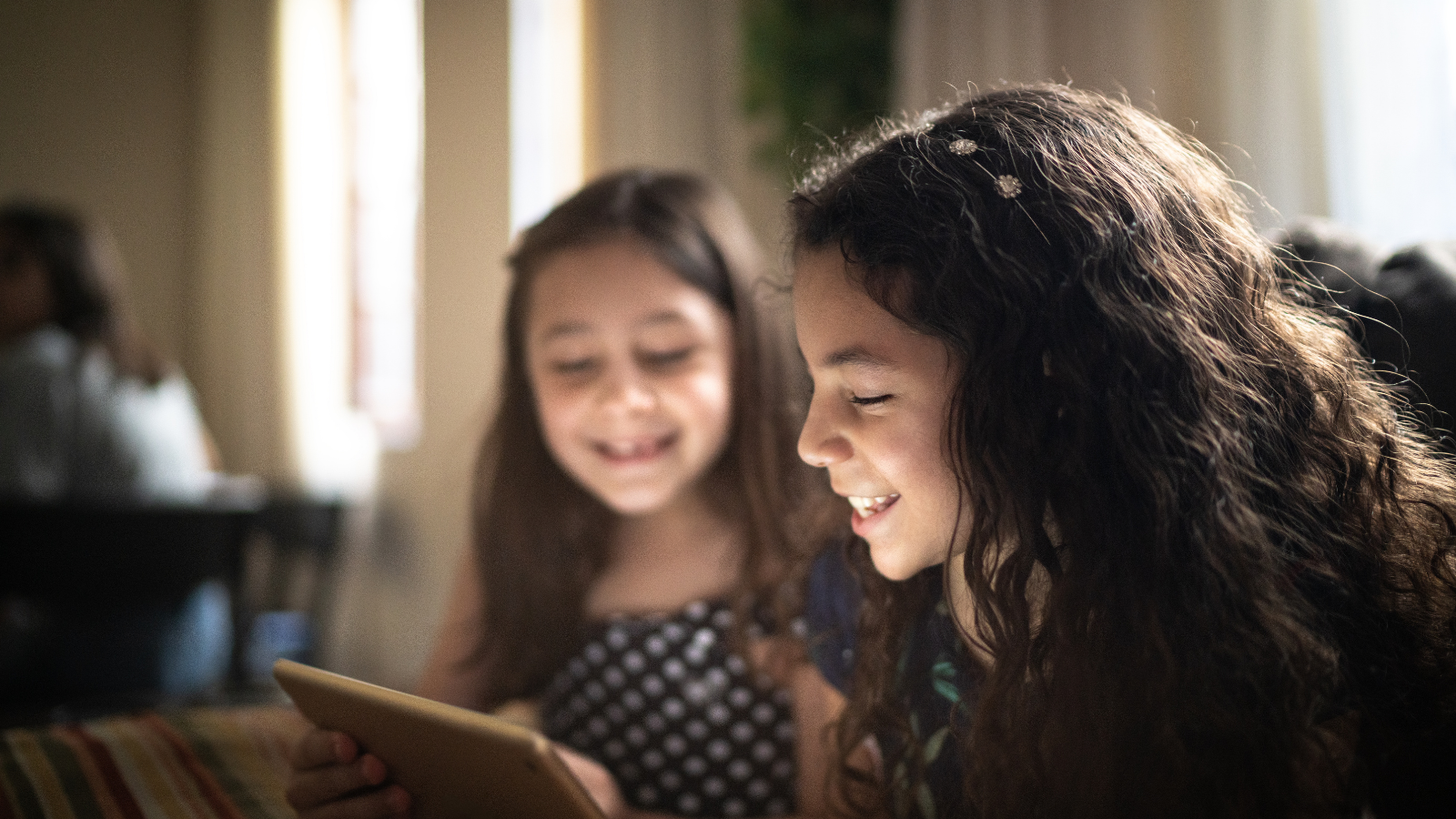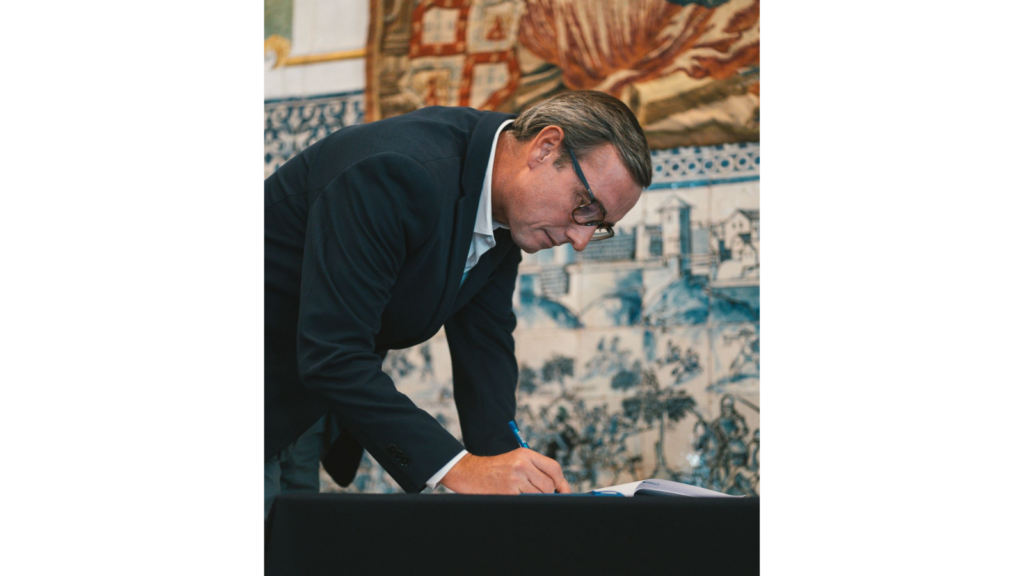Kids and teens are using technology more than ever to explore, go to school and stay in touch with family and friends. Throughout the pandemic I saw how technology was a lifeline for families like mine, enabling kids to continue to learn, connect and grow despite being stuck at home for months at a time. At Google, we are enthusiastic about the benefits that technology can bring to the development of young people, and we see every day the ways these tools can have a transformative and positive impact on children growing up.
We work hard to build great products and features that are helpful for children and correspond to their needs. However, as a parent myself, I am sensitive to the concerns I hear from other parents, educators, academics, and policymakers about the need to keep our children safe when they are using the internet. It is the responsibility of companies like ours to build products and services with the safety of children in mind. This is why I spend so much of my time listening to children, parents, teachers, and others to ensure that their views and concerns are being heard.
When we talk to parents, we hear from them the importance of ensuring that parents are kept in the loop about what their children are doing online. This is why we developed tools like Family Link. Through Family Link, parents can set up supervised accounts for children and we encourage them to engage in conversations with their children about things like screen time, developing healthy digital habits, and staying safe online. These tools empower families to make decisions about what is right for their children in an informed way. I know firsthand the importance of having these conversations and staying involved.
As a parent and child safety expert, I see great value in how the internet can help children grow. Finding relevant information can be transformational but it’s important that this is done in a way that is safe, protects their privacy, and puts minors in control of their data. It’s important that we recognise that not all children have the support of their families as they explore technology and, as they grow from children into teenagers, they will explore more independently. As a tech company, we need to be realistic about this. That’s why we are designing our products to provide protection to children and teens, irrespective of how they are accessing our services.
For example, starting in the European Economic Area (with a global roll-out planning in the coming months) we have turned on SafeSearch by default for users that we know are under 18 to help filter out explicit results from Search. We also make it easier for minors to request the removal of their images from Google Image results, in order to offer them more control over their digital footprint. And we have created new transparency resources to make it easier for children to understand our privacy practices and the privacy controls we offer. This will allow children to enjoy the benefits of the open web in a way that protects their privacy.
However, we still have more work to do as a company and as a child-safety community. In offering better protections for children we face the challenge of ensuring that we have an understanding of when children are present in our services. Knowing if our users are children can be an important element in providing experiences tailored to their needs. Yet, knowing the accurate age of our users across multiple products and surfaces, while at the same time respecting their privacy and ensuring that our services remain accessible, is a complex challenge. This is a fast-evolving area and one in which we are committed to finding the right balance between protection, privacy, and accessibility.
Getting this right is of course about safety, but also about privacy and fairness, and this will require thoughtful, collaborative discussions among industry, regulators, civil society, parents, and children. At Google, we are ready to work with others to embrace this challenge to ensure we deliver products and services which are helpful, responsible, and safe for our users and, in particular, for children.
About the author:
Almudena Lara is the global lead on child safety policy at Google, where she leads work on protecting children from child sexual abuse and exploitation and providing safe experiences to children across products. She joined Google from the National Society for the Prevention of Cruelty to Children (NSPCC), the UK’s largest child protection charity where she led the work to influence the debate in the UK on online safety as well as wider child protection issues. Formerly, she led major programmes for improving the outcomes for children at the UK Department for Education and at the UK Prime Minister’s Strategy Unit.
**DISCLAIMER: All opinions in this article reflect the views of the author, not of COFACE Families Europe**
Photo: ©Getty Images Signature via Canva.com





